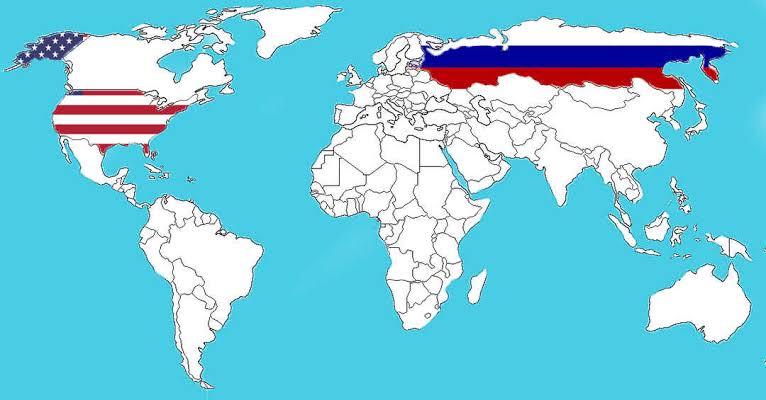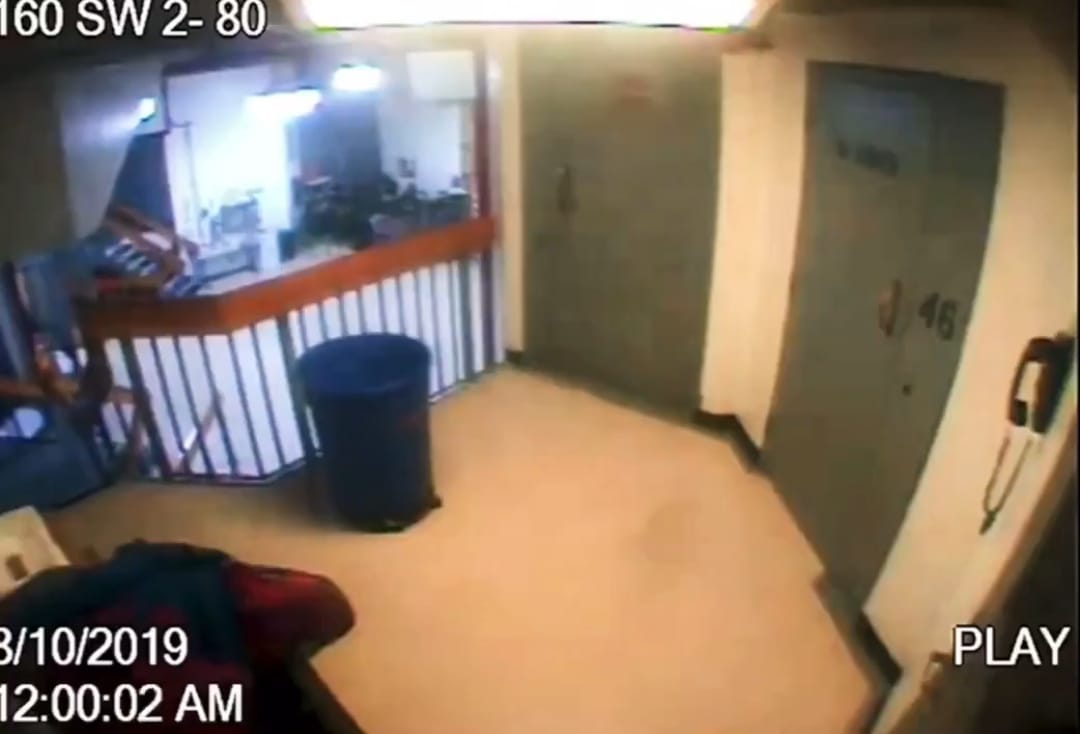MINNEAPOLIS (CONVERSEER) – Five years after the Minneapolis Police Department’s Third Precinct was set ablaze during mass protests sparked by the murder of George Floyd, the city still bears the scars—physical, emotional, and systemic—of that tumultuous time.
Alfred Flowers Jr., a local youth sports coach who grew up in the neighbourhood surrounding the Third Precinct, remembers vividly the night the protests escalated.
“I watched it go from 200 to 500 by the time we got to Third Precinct, it was over 1,000 people. And by the time that night was over, it was over five, 10,000 people,” he recalled.
The precinct, situated near the intersection of Lake Street and Minnehaha Avenue, became a flashpoint in May 2020 as anger over the deaths of Black men in police custody—both in Minnesota and across the United States—boiled over. The COVID-19 pandemic and its accompanying lockdowns have only intensified long-standing frustrations with racial injustice and economic inequality.
Former Minneapolis Police Chief Medaria Arradondo, who also grew up in the area, watched from his SUV as the protests turned into violent confrontations.
READ ALSO: New York: Hudson River’s sewage boat explosion kills one, injures
“I can smell the burning rubber from the AutoZone that’s going up in flames. I’m seeing the people straight ahead of me on top of the building of Minnehaha Liquors, throwing Molotov cocktails onto the front foyer area of the precinct,” he said. “And all the while, I’ve got police inside the building who are transmitting they’re breaching. They’re going to breach.”
Arradondo said he made the difficult call to evacuate the precinct after discussing it with Mayor Jacob Frey. “Lives are at stake here,” he said, “and it was getting those men and women out of there as safely as we could.”
For Flowers, the burning of the precinct was a complex moment of catharsis and concern.
“There was a level of excitement… that people felt they were taking the power back from the Minneapolis Police,” he said. “But it was also a level of rage and energy I’ve never experienced in my life and probably never will experience again.”
Today, the charred remains of the Third Precinct still stand, a stark reminder of the unrest that gripped the nation. Arradondo, who has since stepped down as police chief, said he reflects often on whether earlier reforms could have averted the crisis.
“When I look back five years, there are things I would have done differently. I would have pushed harder and sooner at trying to dismantle some toxic culture that allowed that indifference to exist,” he said.
Despite lingering mistrust, both Arradondo and Flowers see signs of progress. Efforts to improve police hiring practices and implement new policies have taken root, and community leaders are cautiously optimistic.
“We’ve made some significant strides working with our Minneapolis Police Department,” Flowers said, noting ongoing changes aimed at preventing future tragedies.
Still, the broader issues that led to the uprising remain unresolved. Economic disparities, racial inequities, and unfulfilled promises continue to weigh heavily on the community.
“There seemed to be an initial genuine gesture to try to address those [inequities],” said Arradondo, referencing the wave of corporate and institutional support following Floyd’s death. “But many feel that those initial promises have rang hollow today.”
Flowers echoed that sentiment, particularly when it comes to reinvestment in the neighbourhood around 38th Street and Chicago Avenue—now known globally as George Floyd Square.
“What I don’t see is the community that’s over here, investment into it,” he said. “I do believe that it’s important that we help change the conditions for those businesses and especially for those African Americans that are in this city and in this world.”
As Minneapolis weighs the future of George Floyd Square and continues its search for healing, the voices of those like Flowers and Arradondo underscore both the progress made and the distance yet to travel.









